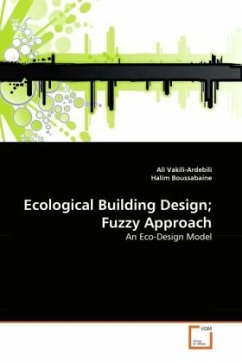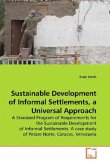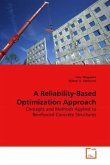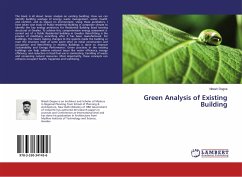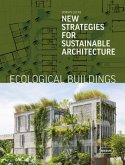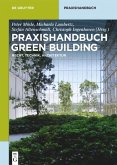Current sustainable design paradigms do not represent the time dimension of design nor do they deal with the balance between needs and limitations of user through the life cycle of the building design process. Designers try to find optimum design solutions from a system point of view, as stabilizing structures to filter and control the diffusion of variations between the end-users' dynamic values and real-world environment. Hence, Eco-design ultimate objective is to find a balance between real-world systems and end-users' values with the lowest rate of impacts on the natural environment. This book presents a new conceptual paradigm towards sustainable building design through placing the emphasize on time dimension and human factor in building design. The book extracts, ranks and analyzes the most significant building design eco-indicators. Then a fuzzy assessment model, applying fuzzy logic and techniques, is developed. Students and academics of architecture, applied science and engineering, green building councils, consultants, researchers, educators, model developers in various fields could benefit from contents of this book.
Bitte wählen Sie Ihr Anliegen aus.
Rechnungen
Retourenschein anfordern
Bestellstatus
Storno

